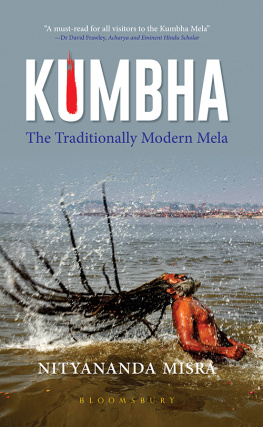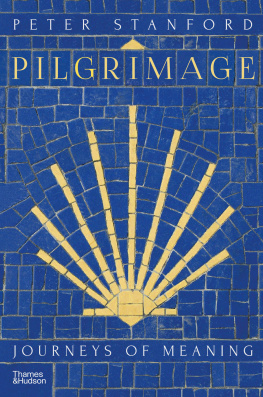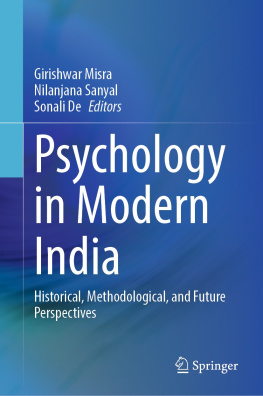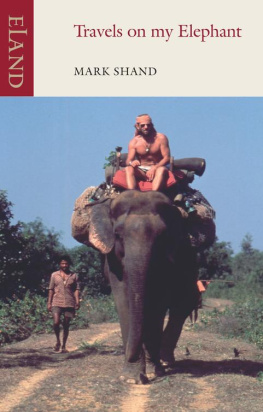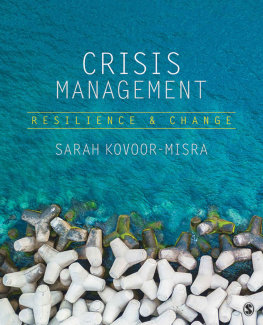Table of Contents

KUMBHA
Kumbha
The Traditionally Modern Mela
Nityananda Misra

BLOOMSBURY INDIA
Bloomsbury Publishing India Pvt. Ltd
Second Floor, LSC Building No. 4, DDA Complex, Pocket C 6 & 7,
Vasant Kunj New Delhi 110070
BLOOMSBURY, BLOOMSBURY INDIA and the Diana logo are trademarks of Bloomsbury Publishing Plc
First published in India 2019
This edition published 2019
Copyright Nityananda Misra 2019
Nityananda Misra has asserted his right under the Indian Copyright Act to be identified as the Author of this work
Images Uttar Pradesh Tourism, Wikimedia Commons (Rursus), and Shutterstock (ravi090 and pratyush085p)
All rights reserved. No part of this publication may be reproduced or transmitted in any form or by any means, electronic or mechanical, including photocopying, recording or any information storage or retrieval system, without the prior permission in writing from the publishers
Bloomsbury Publishing Plc does not have any control over, or responsibility for, any third-party websites referred to or in this book. All internet addresses given in this book were correct at the time of going to press. The author and publisher regret any inconvenience caused if addresses have changed or sites have ceased to exist, but can accept no responsibility for any such changes
ISBN: TPB: 978-9-3884-140-4; eBook: 978-9-3884-1412-8
2 4 6 8 10 9 7 5 3 1
Created by Manipal Digital Systems
Bloomsbury Publishing Plc makes every effort to ensure that the papers used in the manufacture of our books are natural, recyclable products made from wood grown in well-managed forests. Our manufacturing processes conform to the environmental regulations of the country of origin
To find out more about our authors and books visit www.bloomsbury.com and sign up for our newsletters
To Shivani
punarehi
Contents
Kumbha: Humanitys Greatest Gathering
Indias Kumbha Mela is the largest, oldest, and the most colourful spiritual and religious gathering in the world, attended by tens of millions of pilgrims and many thousands of yogis, babas, swamis, and sadhus. It is an event of incomparable magnitude, vast ancient traditions, special mystical visions, and contact with higher consciousness by many of its devoted pilgrims that affords it the aura of another dimension of reality altogether.
One could call the Kumbha the greatest human gathering on the face of the Earth and one that occurs on a regular basis, with the Melas happening every three years in different parts of India. Yet, it is not just a wonderful display; the Kumbha is a deeply reverential event such as no other country has been able to preserve or sustain. There is nothing comparable to this magnitude, frequency, or antiquity in any other religion or culture. It is not just a matter of a special day but a set of celebrations going on for up to two months.
In our new global media and travel era, more people from India and abroad are visiting this unique gathering than ever before. The Kumbha has become the most important event that represents mystical India for all to seeshowcasing Indias ancient and very different yogic culture that the world is only now slowly beginning to discover again in the dawning planetary age, as the practice of Yoga has now spread worldwide.
The Kumbha was originally devised as a special spiritual event to allow the masses to meet with the great gurus and sadhus of many different lineages and sampradayas of India, who are otherwise hard to access and are living in different parts the countryoften in remote locations that are difficult to reach. At the Kumbha, the sadhus and their disciples appear in public and share their work, teachings, and practices with the society as a whole.
All of the Hindu Dharma comes out for this magnificent event, with its many sects, branches, and all of its deity and philosophical lines represented in their full expression. It is the best place to experience what Hinduism is in all of its depth, diversity, and very different views of life and humanity. It reveals Hinduism as the Sanatana Dharma, the universal and eternal tradition as it was originally formulated to be. The Kumbha easily becomes an experience beyond time, place, person, or culture to affirm our magical connections with the entire universeknown and unknown.
The Kumbha Mela Experience
Sadly, much of the media, particularly in the West, prefer to sensationalize this extraordinary event and highlight its difficulties or what it regards as unusual types of behaviour. Certainly, the Kumbha Mela challenges our mindset as to what spirituality has to offer, but isnt that what we need to doto go beyond our limitations and preconceptions? Such diversity of holy men and holy women and sacred practices cannot be experienced anywhere else. The Kumbha takes us beyond our current world situation to another time and civilization when human beings were rooted in the sacred. The Kumbha stretches our limits as to what is holy, extending it to the whole of life and nature.
In the Hindu thought, the universe is a creation, or to put it better, a manifestation of ananda or immortal bliss and joy as it overflows in every possible wayfrom the unbound eternal to the circumscribed realms of time. Even our sorrows are but incomplete bits of ananda looking for the greater connections in order to turn into joy. That effusive spirit of ananda underlies and permeates the Kumbha Mela and its celebrations.
The Kumbha connects us from the Earth and the rivers to the transcendent beyond all manifestation. The Kumbha is famous for its sacred baths or snanas in the sacred rivers, such as Mother Ganges. For the Hindus, it is not some mere single baptism to change ones faith, but a continual set of sacred baths to renew ones connection with the Divine, embracing the mountain gods and river goddesses, the plants and animals, and our own inner Self that is one with all.
Our purpose in life is not just to make money, gain adulation or assume power in the outer world and its human-centred affairs. Our souls purpose is to take our consciousness beyond the limitations and opinions of the mind. Our true purpose is to discover a new sense of wonder, mystery, and amazement, just like the Kumbha Melas embody.
There are many other such celebrations and pilgrimages in India. But the Kumbha is the most important of all of these. Today, we need to honour and preserve such an extraordinary festival. The Kumbha Mela should be respected as a key component of our global spiritual heritage that cannot be circumscribed by any belief, institution, person, or creed.
The Kumbha was first brought to light to the global audience in Paramahansa Yoganandas acclaimed work Autobiography of a Yogi where it captured mystical accounts of gurus, sadhus, saints, and sages. Yogananda describes how his own guru Sri Yukteswar met his paramguru, the immortal Babaji, at the Kumbha. This has become the archetypal story of spiritual search in the world for both those in the West as well as those in India.
We all need to discover our sacred Kumbha Mela or meetings with the great masters. While this can be an inner experience, it can also be an outer experience at the Kumbha. In fact, it can be an inner and an outer experience at the same time.
The Book
Concise and clear information on the Kumbha Mela is difficult to find in an accessible English idiom, as it is easier for writers to highlight only a side of this vast event. In this regard, the book

